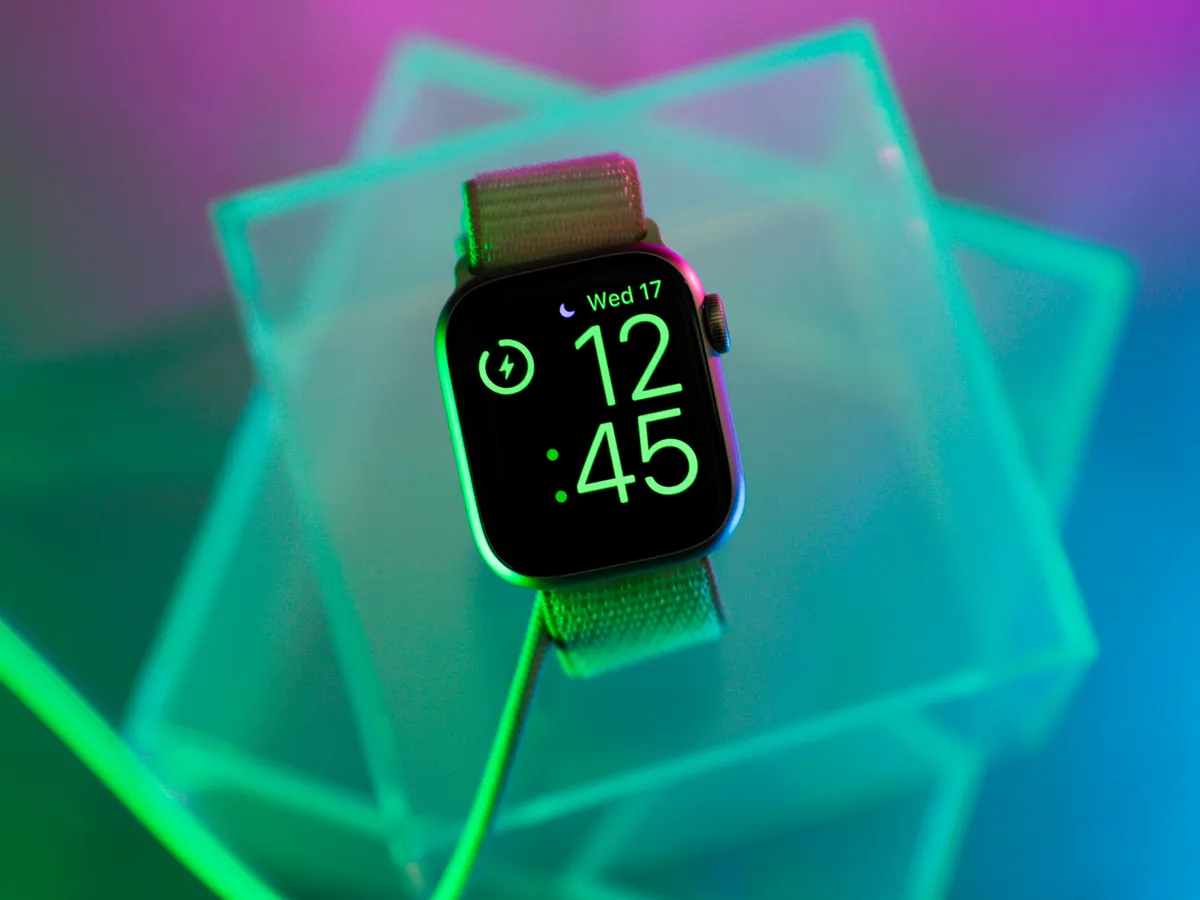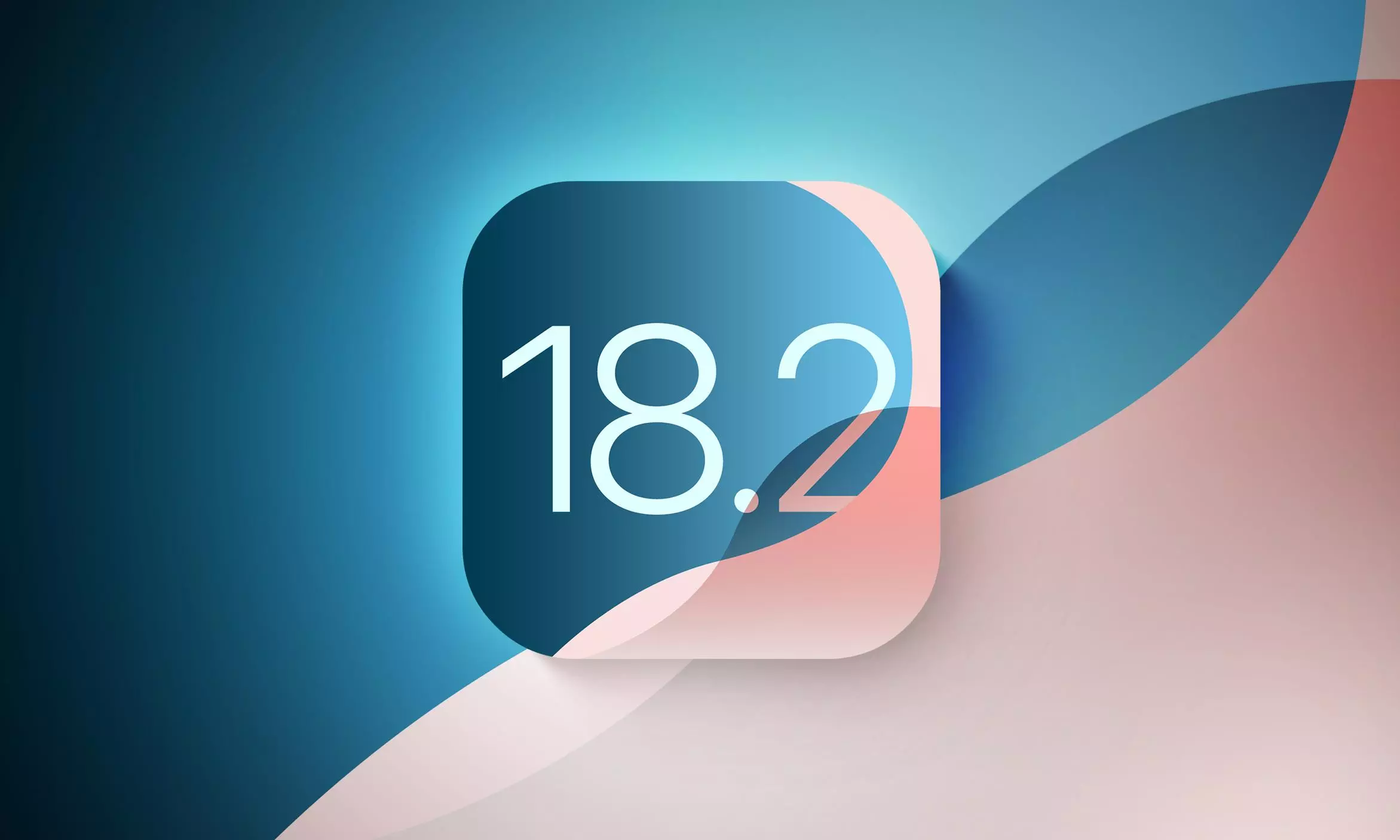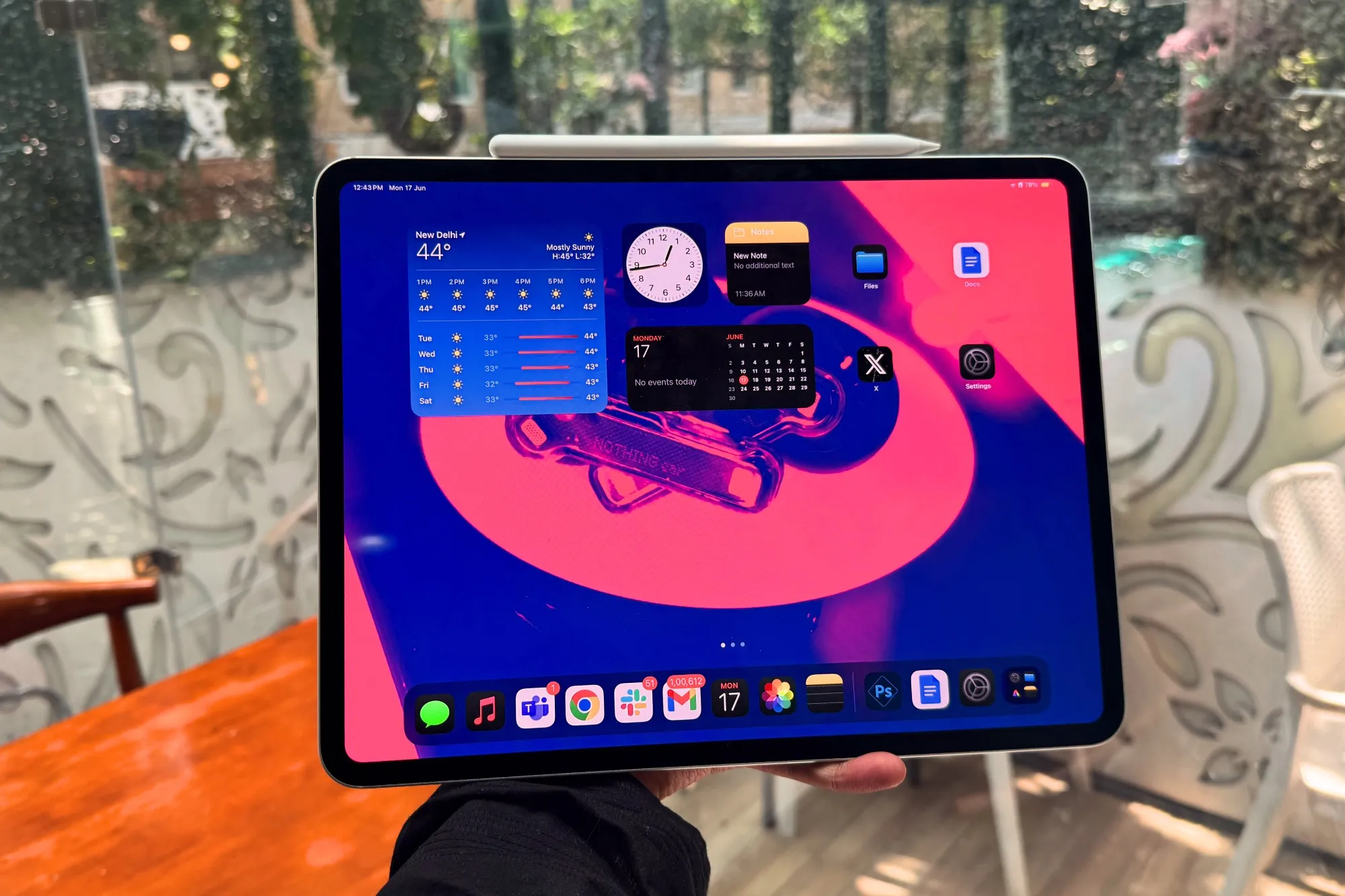The tech world is abuzz with anticipation: Apple is on the cusp of achieving a historic milestone – a $4 trillion market capitalization. This monumental feat would solidify Apple’s position as a dominant force in the global economy and mark a new era for the company. But what’s driving this incredible surge? Let’s delve into the factors propelling Apple towards this unprecedented valuation.
A Stellar Year and the Power of Innovation:
Apple’s stock has witnessed a remarkable surge in 2024, climbing nearly 40%. This impressive growth has brought the company tantalizingly close to the $4 trillion mark, with a market cap of $3.92 trillion just before the close of trading on December 27th. This surge isn’t merely a market fluctuation; it’s fueled by a potent combination of factors, most notably the excitement surrounding “Apple Intelligence” and the enduring strength of its iPhone upgrade cycles.
The Dawn of Apple Intelligence: A Catalyst for Growth:
Industry analysts are increasingly pointing to Apple’s strategic embrace of artificial intelligence as a key driver of its future success. Wedbush analyst Daniel Ives, in a recent research note, proclaimed that Apple is entering a “golden era of growth,” with AI at its core. Ives has significantly raised his price target for Apple stock to $325, emphasizing the company’s commitment to integrating AI across its product ecosystem. He believes that the market is currently underestimating the potential of Apple’s AI strategy, particularly the development of a vast ecosystem of applications under the “Apple Intelligence” platform. Ives predicts that these applications will not only generate substantial new revenue streams but also act as a powerful catalyst for iPhone upgrades over the next year and a half.
This sentiment is echoed by other experts who believe that Apple’s multi-year AI-driven iPhone upgrade cycle is still being overlooked by many investors. The development of hundreds of applications based on Apple Intelligence is expected to create a new, multi-billion dollar revenue stream within Apple’s services division, further fueling the company’s growth trajectory.
Beyond AI: A Holistic Approach to Success:
While AI is undoubtedly a significant factor, Apple’s success isn’t solely dependent on this single technology. JPMorgan analyst Samik Chatterjee highlights the company’s ability to consistently expand its installed base of devices, which surpassed two billion active units globally in 2023. This massive user base provides a fertile ground for Apple’s diverse range of products and services. Chatterjee also points to Apple’s strategic shift towards services and the continuous evolution of its product lineup as crucial elements of its ongoing success.
Furthermore, Apple’s dedication to returning value to shareholders through dividends and stock buybacks, totaling hundreds of billions of dollars in recent years, contributes to its overall market appeal and investor confidence. This consistent return of capital reinforces investor trust and strengthens the company’s financial position.
The Competitive Landscape and Apple’s Distinct Advantage:
Apple’s closest competitors in terms of market capitalization, Microsoft and Nvidia, are also heavily invested in AI. Microsoft, with a valuation of $3.26 trillion, is making significant strides in AI through its partnership with OpenAI and its Azure cloud computing platform. Nvidia, valued at $3.43 trillion, plays a critical role in the AI ecosystem, providing the powerful GPUs that drive generative AI applications.
However, Apple’s unique strength lies in its tight control over both its hardware and software. This vertical integration allows Apple to create a seamless and optimized user experience across its entire ecosystem, giving it a distinct advantage over competitors who rely on third-party hardware or software. This integrated approach allows for greater optimization, security, and a more cohesive user experience, which is a key differentiator for Apple.
The Road to $4 Trillion and Beyond:
Apple’s journey to a $4 trillion market cap is a testament to its relentless innovation, strategic vision, and unwavering focus on user experience. The convergence of AI, a thriving ecosystem, and a dedicated customer base positions Apple for continued growth and success in the years to come. While reaching the $4 trillion milestone is a significant achievement in itself, it’s likely just another stepping stone in Apple’s ongoing evolution as a global technology leader. The company’s ability to consistently adapt and innovate suggests that its future remains bright, with the potential for even greater achievements on the horizon.




